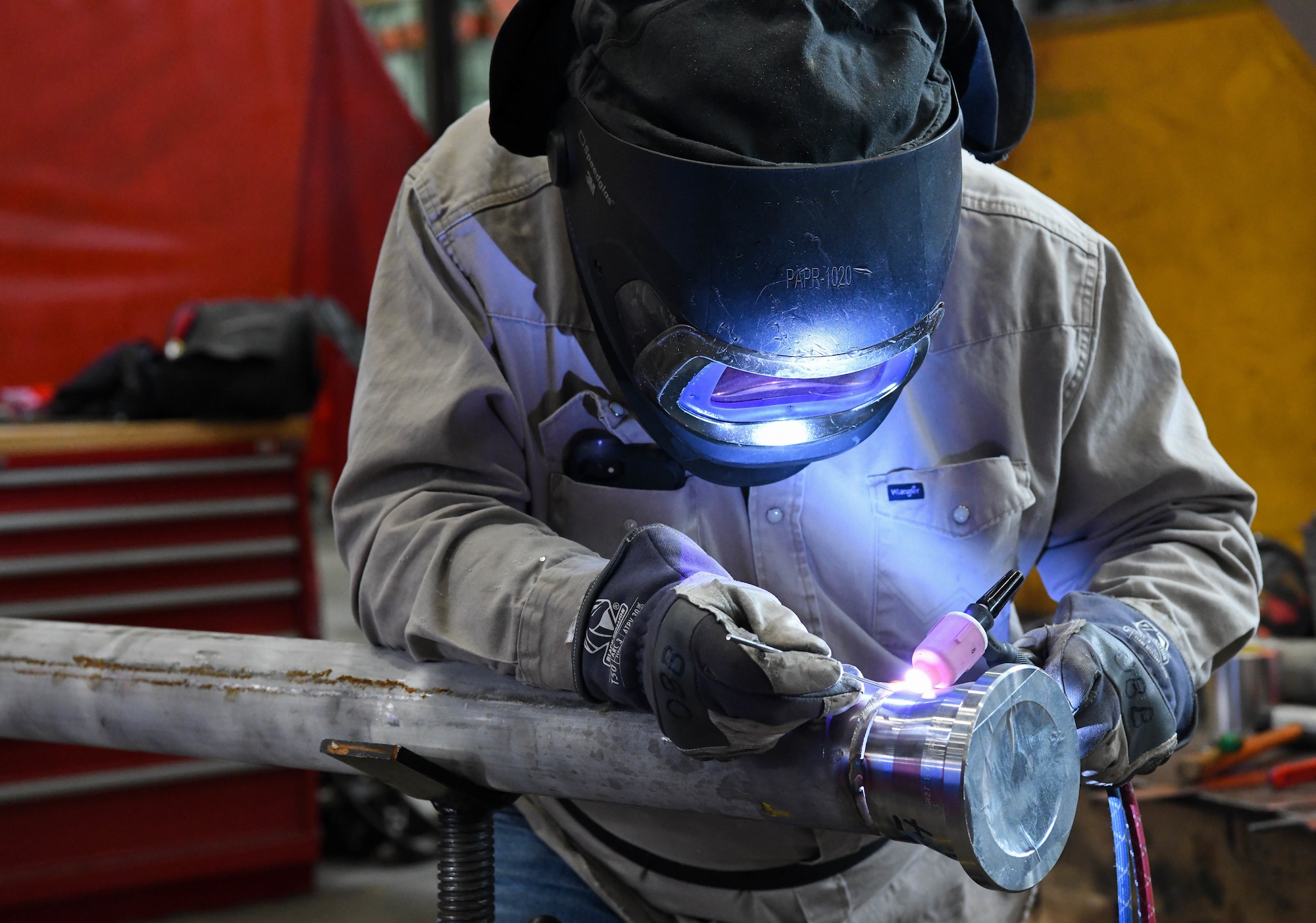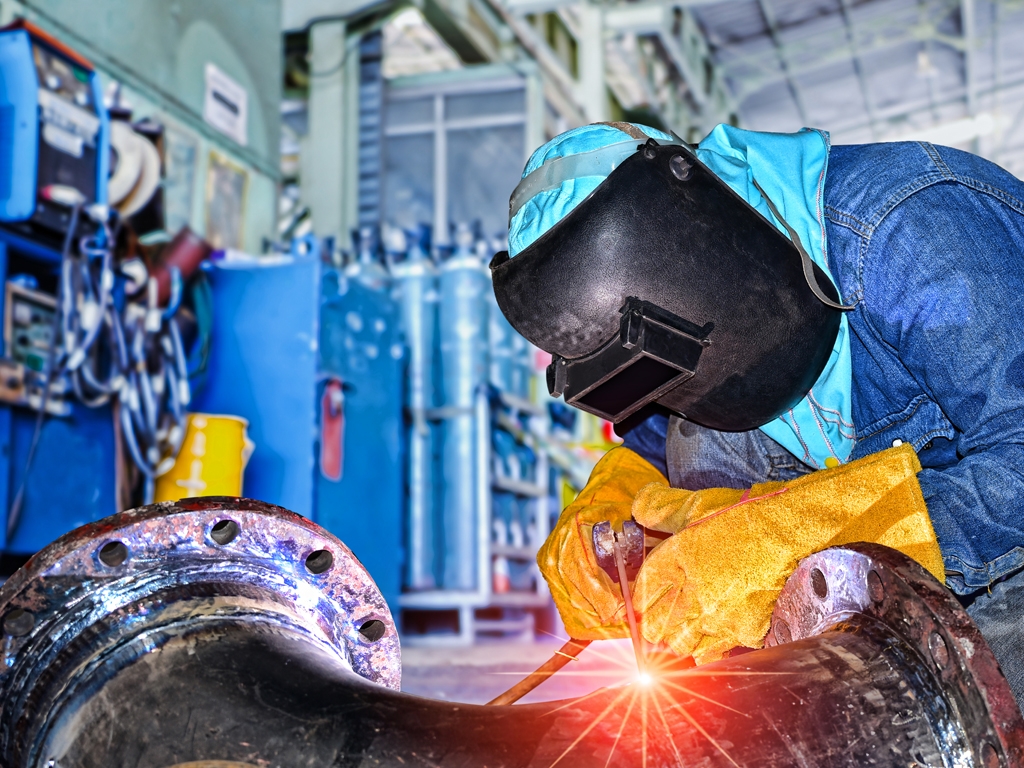Overlooked causes of weld misalignment and Belgrade Fabrication’s tips
Wiki Article
Common Welding Repair Issues and Just How to Address Them Successfully
Welding repair work usually encounter a variety of concerns that can threaten the integrity of the end product. Common troubles consist of insufficient penetration, porosity, and imbalance, to name a few. Each defect offers unique challenges that call for details strategies for resolution. Comprehending these issues is essential for welders intending to improve their abilities and outcomes. This conversation will certainly discover these common welding repair work issues and reliable methods to address them.Inadequate Penetration
Inadequate penetration occurs when the weld steel stops working to totally fuse with the base product, resulting in weak joints and potential structural failings. This problem often originates from not enough warmth input, incorrect electrode angle, or inappropriate welding speed. Welders may run into poor penetration due to a mistake of the necessary parameters for a certain product thickness or type. In addition, contamination on the base material's surface can prevent effective bonding, worsening the problem. To attend to inadequate penetration, welders must ensure suitable setups on their equipment and maintain a clean job surface area. Routine evaluation of welds is suggested to recognize any type of deficiencies early, enabling timely adjustments and the prevention of jeopardized architectural stability in bonded assemblies.Porosity
Porosity is a common issue in bonded joints that manifests as small gas bubbles caught within the weld steel. This problem can jeopardize the honesty of the weld, resulting in reduced stamina and prospective failing under stress. Belgrade. Porosity usually emerges from contamination, moisture, or inappropriate welding strategies, which allow gases to escape right into the liquified weld swimming pool. To attend to porosity, welders must assure correct surface area preparation, preserve a tidy workplace, and make use of suitable welding parameters. Additionally, selecting the appropriate filler product and shielding gas can minimize gas entrapment. Normal inspection and screening of welds can aid determine porosity early, ensuring prompt rehabilitative actions are taken, therefore protecting the quality and reliability of the bonded frameworkImbalance
Imbalance in welding can develop from different aspects, consisting of incorrect setup and thermal growth. Understanding the origin is essential for reliable resolution. Numerous improvement methods are offered to realign elements and guarantee structural integrity.Reasons of Imbalance
Welding imbalance commonly originates from a selection of underlying problems that can jeopardize structural stability. One primary reason is improper fit-up of elements prior to welding, which can bring about gaps and uneven surface areas. Variations in thermal expansion during the welding procedure can additionally lead to distortion, specifically if the materials being signed up with have various coefficients of expansion. Additionally, inadequate securing and fixturing might fail to hold elements firmly in position, leading to activity during welding. Improperly maintained equipment, consisting of welding equipments and tools, might introduce disparities in the weld bead, more adding to imbalance. Driver error, stemming from not enough training or experience, can additionally play a substantial duty in developing misaligned welds.
Correction Techniques Readily Available
Dealing with misalignment properly requires a combination of restorative strategies customized to the details problems available. One usual technique is using jigs or components to hold components in the correct setting during welding, making sure consistent placement. Additionally, pre-heating the materials can help in reducing distortion and improve fit-up. For considerable imbalance, mechanical adjustment techniques, such as utilizing hydraulic jacks or clamps, can be used to fix the placement before welding. Post-weld heat therapy might additionally be necessary to eliminate stress and anxieties triggered by imbalance. Lastly, mindful assessment and change during the arrangement stage can prevent misalignment problems from coming to be significant problems, advertising a smoother welding process and enhancing general architectural integrity.Distortion
Distortion is a typical difficulty in welding that can develop from various factors, including uneven cooling and heating. Understanding the sources of distortion is important for carrying out efficient prevention strategies. Resolving this problem not just boosts architectural integrity however also enhances the total quality of the weld.Root causes of Distortion
When based on the intense warmth of welding, materials commonly undergo adjustments that can cause distortion. This sensation mainly emerges from thermal expansion and tightening throughout the welding process. As the weld location heats up, the product expands; upon cooling, it acquires, which can develop inner anxieties. Furthermore, unequal heating across a work surface can intensify these anxieties, leading to bending or bending. The type of material additionally plays a considerable duty; steels with varying thermal conductivity and coefficients of growth might respond in a different way, leading to unpredictable distortions. Inadequate joint design and inadequate fixturing can contribute to imbalance throughout welding, boosting the probability of distortion. Comprehending these causes is necessary for efficient welding fixing and prevention techniques.Prevention Techniques
Reliable prevention methods for distortion throughout welding focus on regulating warmth input and making sure correct joint style. Keeping a regular warmth input aids to lessen thermal expansion and tightening, which can lead to distortion. Using strategies such as preheating the work surface can additionally lower the temperature level slope, promoting uniform heating. In addition, choosing appropriate joint layouts, such as T-joints or lap joints, can improve security and decrease stress concentrations. Executing correct fixturing to secure the work surfaces in position further help in preserving positioning during the welding procedure. Staggered welding sequences can disperse warmth much more uniformly, protecting against localized distortion. By applying these methods, welders can significantly reduce the chance of distortion and improve the total top quality of their welds.Splitting
Splitting is an usual concern come across in welding repair services, frequently arising from various aspects such as improper cooling prices, material selection, or insufficient joint prep work. The occurrence of fractures can significantly endanger the integrity of the weld, leading to possible failings throughout procedure. To address this issue, welders should first examine the origin causes, making sure that materials work and suitably chosen for the certain application. Furthermore, controlling the cooling rate during the welding process is vital; fast cooling can cause anxiety and lead to fracturing. Appropriate joint style and prep work likewise add to lessening the risk. Implementing these strategies can boost weld quality and longevity, inevitably minimizing the chance of cracking in ended up weldments.
Incomplete Blend
A substantial concern try this out in welding repairs is incomplete combination, which happens when the weld steel does not properly bond with the base material or previous weld passes - Montana Mobile Welding and Repair. This issue can bring about weaknesses in the joint, possibly compromising the stability of the bonded structure. Variables adding to insufficient blend include not enough heat input, improper welding method, and contamination of the surfaces being joined. To resolve this problem successfully, welders need to guarantee proper pre-weld cleansing and surface area preparation, in addition to readjust their welding specifications to accomplish sufficient penetration and combination. Routine assessment during the welding process can additionally help determine insufficient blend early, enabling prompt corrective procedures to enhance the overall top quality of the weldOverheating
While welding repair work can improve architectural integrity, overheating offers a significant challenge that can lead to material destruction. Excessive heat throughout welding can modify the mechanical residential or commercial properties of metals, resulting in reduced stamina, enhanced brittleness, and warping. This phenomenon is particularly important in high-stress applications where architectural integrity is critical. Recognizing getting too hot can entail aesthetic assessments for staining or distortion, as well as checking temperature level during the welding procedure. To reduce the dangers connected with getting too hot, welders ought to employ ideal techniques, such as managing warm input, readjusting travel rate, and making use of suitable filler materials. Additionally, implementing pre- and post-weld warmth therapies can help restore material buildings and enhance the overall quality of the fixing, ensuring lasting performance and safety and security.Often Asked Questions
What Are the Typical Indicators of a Welding Defect?

How Can I Check My Welds for Top quality?
To examine welds for high quality, one can use visual examinations, ultrasonic screening, and radiographic methods. Each method ensures structural honesty, recognizes issues, and validates adherence to defined requirements, you could try here eventually improving the reliability of the bonded joints.What Safety and security Safety Measures Should I Take While Welding?
When welding, one ought to focus on safety by wearing suitable personal safety devices, guaranteeing proper ventilation, protecting flammable products away, keeping a clean office, and knowing environments to avoid mishaps and injuries.Can I Repair a Weld Without Redesigning the Entire Joint?
Repairing a weld without redoing the entire joint is possible, depending on the damages (Montana Mobile Welding and Repair Fabrication). Techniques such as grinding, including filler product, or utilizing a welding procedure mig welder can efficiently address details defects while protecting the surrounding frameworkWhat Equipment Are Important for Reliable Welding Repair Works?
Essential tools for effective welding fixings include a welding maker, cord brush, grinder, safety equipment, clamps, and filler materials. Each tool plays a vital function in making certain high quality and safety during the repair work process. Porosity generally emerges from contamination, dampness, or incorrect welding methods, which permit gases to run away into the liquified weld pool. Improperly conserved tools, consisting of welding devices and tools, might introduce disparities in the weld grain, further adding to imbalance. When subjected to the extreme warm of welding, materials typically undertake modifications that can lead to distortion. Breaking is an usual problem run into in welding fixings, typically resulting from different elements such as improper cooling prices, product option, or insufficient joint preparation. A significant issue in welding repairs is insufficient combination, which occurs when the weld metal does not properly bond with the base material or previous weld passes.Report this wiki page